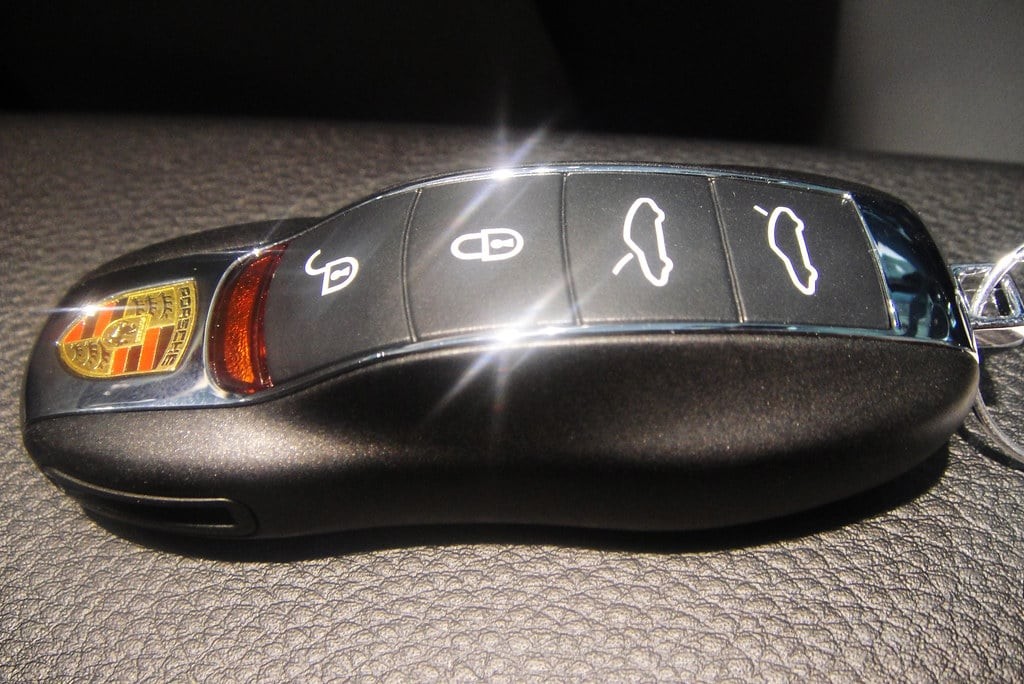Car remotes, also known as key fobs, are incredibly convenient devices that allow you to control your car’s locks, alarm system, and even start the engine from a distance. These electronic keys are essential for modern car owners, but like any electronic device, they can sometimes experience glitches or lose their programming. If your car remote stops working, or if you’ve replaced a lost or damaged one, you might need to reprogram it. Fortunately, in many cases, you can learn How To Program Remote For Your Car yourself without the need for a professional locksmith or dealership visit.
Why Reprogram Your Car Remote?
There are several reasons why you might find yourself needing to program your car remote:
- Battery Replacement: While less common, sometimes changing the battery in your key fob can cause it to lose its programming.
- Malfunction or Signal Loss: Over time, car remotes can experience electronic malfunctions or signal degradation, leading to them not communicating properly with your vehicle.
- New or Replacement Remote: If you’ve purchased a new or replacement remote due to loss or damage, it will definitely need to be programmed to work with your car’s specific system.
- Vehicle Battery Change: In some rare instances, disconnecting or replacing your car’s battery can also cause the remote to lose its programming, although this is less frequent.
Knowing how to program remote for your car can save you time and money, avoiding potentially costly trips to the dealership. While specific procedures can vary depending on your car’s make and model, a general process can be followed for many vehicles.
General Steps to Program Your Car Remote
It’s crucial to consult your vehicle’s owner’s manual for the most accurate and specific instructions for your car model. Manufacturers often have unique programming sequences. However, the following steps represent a general method that works for many car models.
STEP 1: Turn On The Ignition
Begin by getting into the driver’s seat of your car, ensuring all doors are completely closed. Have both your ignition key and the car remote you wish to program ready. Insert your ignition key into the ignition slot. Turn the key to the “ON” position. This is the position just before you would crank the engine to start. Do not start the engine; simply turn the ignition to the point where the car’s electrical systems are active.
STEP 2: Press The Lock Button
Take the car remote you are programming and aim it towards the dashboard area, specifically near the rearview mirror. This area often houses the receiver for the remote’s signal. Press and hold the “lock” button on the remote for a few seconds. Some guides suggest pressing it for 1-2 seconds, but holding it for a slightly longer duration (like 2-3 seconds) can be more effective.
 Car Key Fob Programming Process
Car Key Fob Programming Process
STEP 3: Turn Off The Ignition
Quickly turn the ignition key back to the “OFF” position. Remove the key from the ignition slot immediately after turning it off. This rapid sequence is important for some car models to enter programming mode. The car’s system is now attempting to learn the signal from the remote you just used.
STEP 4: Repeat The Process For Additional Remotes
If you have multiple car remotes to program, it’s important to program them all at once, immediately following the previous steps. Many car systems will erase the programming of previously working remotes when a new one is programmed. Therefore, repeat steps 1-3 for each additional remote you want to program. Work quickly and without pauses between programming each remote to ensure the process is successful.
STEP 5: Test The Remotes
After you have completed the programming steps for all your remotes, it’s time to test if the process was successful. Insert the ignition key and turn the car to the “ON” position again (without starting the engine). Press the “lock” button on each remote individually. If the programming was successful, you should hear the car locks engage or see the lights flash, indicating that the remote is now communicating with your car. Test all buttons on each remote (lock, unlock, trunk, alarm) to ensure full functionality.
Important Considerations
- Consult Your Owner’s Manual: Always refer to your vehicle’s owner’s manual for the most accurate and model-specific instructions on how to program remote for your car. The steps outlined above are general, and your car may require a slightly different sequence or additional steps.
- Car Model Variations: Programming procedures can vary significantly between car manufacturers and even different models within the same brand. Some cars may require specific tools or diagnostic equipment for remote programming, especially newer, high-end models.
- Seek Professional Help: If you encounter difficulties programming your car remote, or if your owner’s manual indicates a more complex procedure, it’s best to consult a qualified auto locksmith or your car dealership. They have the expertise and equipment to handle more intricate programming needs.
- Security and Rolling Codes: Modern car remotes often utilize rolling codes for enhanced security. This means the code transmitted by the remote changes with each use, making it harder for thieves to intercept and duplicate the signal. The programming process essentially synchronizes the remote’s rolling code sequence with the car’s receiver.
Conclusion
Learning how to program remote for your car can be a valuable skill for any car owner. By following these general steps and consulting your owner’s manual for specific details, you can often reprogram your car remote yourself, saving time and money. However, remember that car technology is complex, and if you’re unsure or encounter problems, seeking professional help is always the best course of action to ensure your car’s security and remote functionality are properly restored.